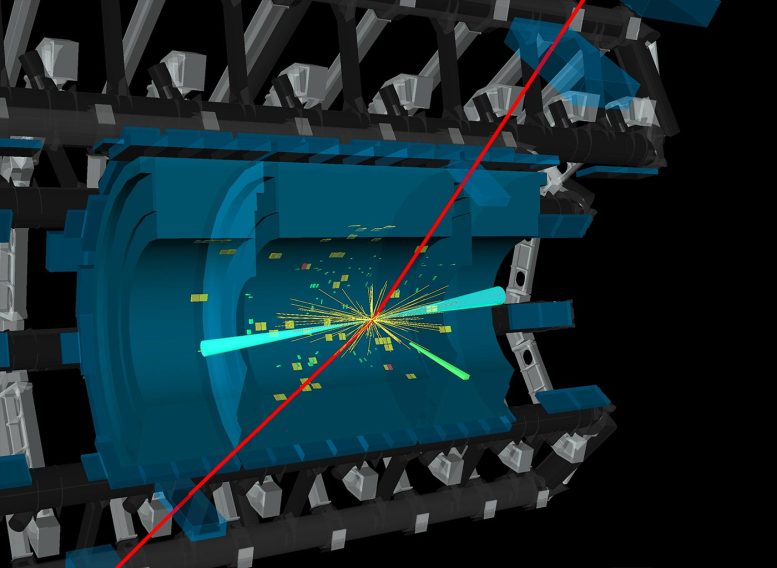
CERN’s ATLAS and CMS teams have found initial evidence of a rare Higgs boson decay into a Z boson and photon. The discovery, while not meeting conventional statistical significance, provides valuable insights and potential indirect evidence of undiscovered particles and physics beyond the Standard Model. Credit: CERN
The ATLAS and CMS collaborations have joined forces to establish the first evidence of the rare decay of the Higgs boson into a Z boson and a photon.
The ATLAS and CMS collaborations at CERN’s Large Hadron Collider (LHC) have uncovered the first evidence of the Higgs boson decaying into a Z boson and a photon, a rare process that could provide indirect evidence of particles beyond those predicted by the Standard Model of particle physics.
The discovery of the Higgs boson at CERN’s Large Hadron Collider (LHC) in 2012 marked a significant milestone in particle physics. Since then, the ATLAS and CMS collaborations have been diligently investigating the properties of this unique particle and searching to establish the different ways in which it is produced and decays into other particles.
At the Large Hadron Collider Physics (LHCP) conference last week, ATLAS and CMS report how they teamed up to find the first evidence of the rare process in which the Higgs boson decays into a Z boson, the electrically neutral carrier of the weak force, and a photon, the carrier of the electromagnetic force. This Higgs boson decay could provide indirect evidence of the existence of particles beyond those predicted by the Standard Model of particle physics.
The decay of the Higgs boson into a Z boson and a photon is similar to that of a decay into two photons. In these processes, the Higgs boson does not decay directly into these pairs of particles. Instead, the decays proceed via an intermediate “loop” of “virtual” particles that pop in and out of existence and cannot be directly detected. These virtual particles could include new, as yet undiscovered particles that interact with the Higgs boson.
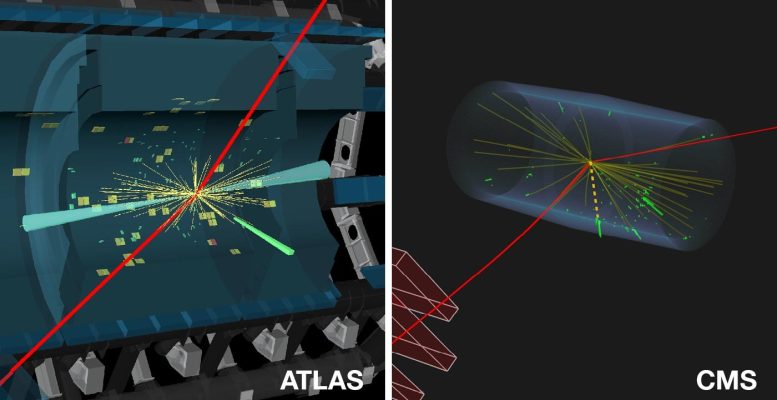
Candidate events from ATLAS (left) and CMS (right) for a Higgs boson decaying into a Z boson and a photon, with the Z boson decaying into a pair of muons. Credit: CERN
The Standard Model predicts that, if the Higgs boson has a mass of around 125 billion electronvolts, approximately 0.15% of Higgs bosons will decay into a Z boson and a photon. But some theories that extend the Standard Model predict a different decay rate. Measuring the decay rate, therefore, provides valuable insights into both physics beyond the Standard Model and the nature of the Higgs boson.
Previously, using data from proton–proton collisions at the LHC, ATLAS, and CMS independently conducted extensive searches for the decay of the Higgs boson into a Z boson and a photon. Both searches used similar strategies, identifying the Z boson through its decays into pairs of electrons or muons – heavier versions of electrons. These Z boson decays occur in about 6.6% of the cases.
In these searches, collision events associated with this Higgs boson decay (the signal) would be identified as a narrow peak, over a smooth background of events, in the distribution of the combined mass of the decay products. To enhance the sensitivity to the decay, ATLAS and CMS exploited the most frequent modes in which the Higgs boson is produced and categorised events based on the characteristics of these production processes. They also used advanced machine-learning techniques to further distinguish between signal and background events.
In a new study, ATLAS and CMS have now joined forces to maximize the outcome of their search. By combining the data sets collected by both experiments during the second run of the LHC, which took place between 2015 and 2018, the collaborations have significantly increased the statistical precision and reach of their searches.
This collaborative effort resulted in the first evidence of the Higgs boson decay into a Z boson and a photon. The result has a statistical significance of 3.4 standard deviations, which is below the conventional requirement of 5 standard deviations to claim an observation. The measured signal rate is 1.9 standard deviations above the Standard Model prediction.
“Each particle has a special relationship with the Higgs boson, making the search for rare Higgs decays a high priority,” says ATLAS physics coordinator Pamela Ferrari. “Through a meticulous combination of the individual results of ATLAS and CMS, we have made a step forward towards unravelling yet another riddle of the Higgs boson.”
“The existence of new particles could have very significant effects on rare Higgs decay modes,” says CMS physics coordinator Florencia Canelli. “This study is a powerful test of the Standard Model. With the ongoing third run of the LHC and the future High-Luminosity LHC, we will be able to improve the precision of this test and probe ever rarer Higgs decays.”

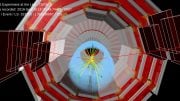
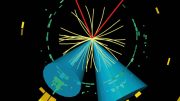
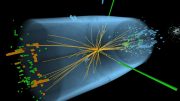
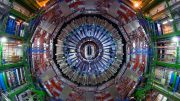
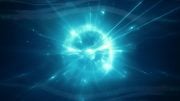
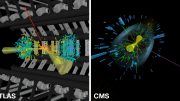
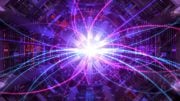
I can say being surprised is not in my thinking, the collider experiments are showing what happens in a collision. Not all matter is a process of forced collision and of course a collision will bring forward unknowns. The newest and what will show the most promise is the passing of particles in very minute proximity. One great purpose I do see in collider experiments in this age are the development of instruments of detechtion.
The trick of “point to a deer, call it a horse” is repeatedly performed in the micro particle world.
The point of understandings is so we can reprogram realty to match our needs?
L8ke lets say a replacator. Once this has been understood. How will it help mankind just in the knolagde .and unde4standing it exists? I would like to know what will we do with this understanding.? What our thev real risk of randomly experimenting when we know as humans we always seem to let it out if the box. Theirs lots of problems we the knowing we have now. And I dont need to name them . Shouldn’t we focus on solving them first.
The nuclear process occuuring in the stars including sun are now in due path of analysis must be supported by this new aspect/discovery.But,data obtained is accurate with marginal difference.Mòreover,from this experiment the involvement of quarks in intermediating steps of a star’s nuclear process is specified.Anyhow,to get confirmation on this result yet remains challenging.